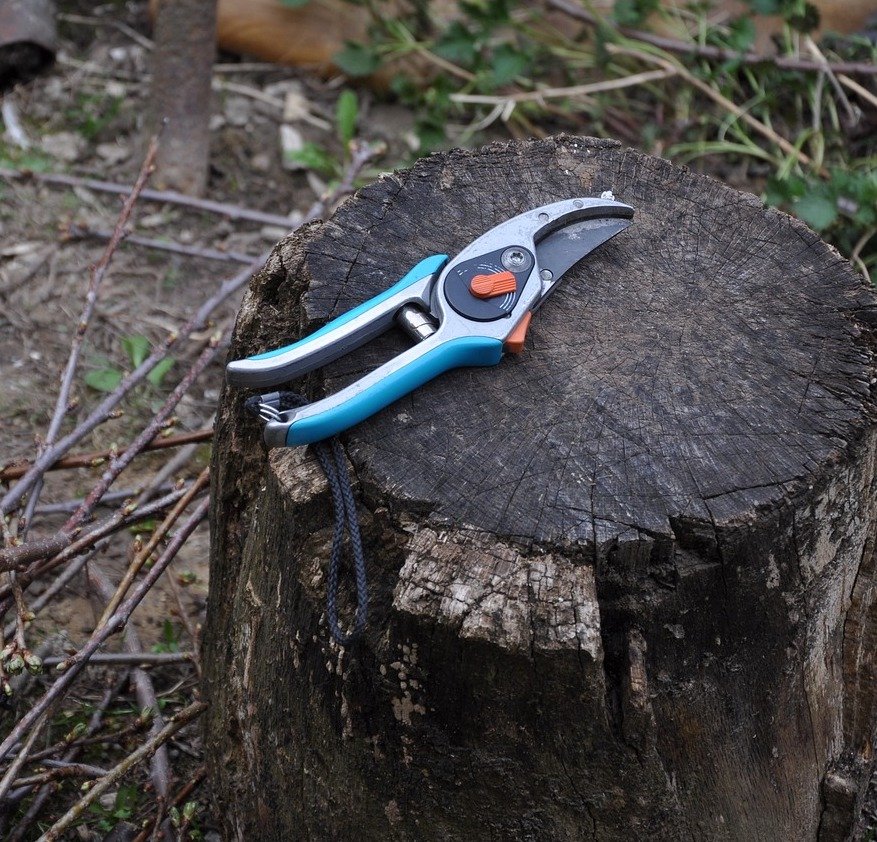Creating a cutting garden is a delightful endeavor that involves designing a space dedicated to growing flowers specifically for cutting and arranging in bouquets. As landscape designers we’ve been asked to create cutting gardens of all sized. Sometimes in a raised bed, sometimes in a sunny spot next to a patio. The key is to select a diverse mix of annuals, perennials, and even some woody shrubs that produce abundant blooms suitable for cutting. A few option include sunflowers, zinnias, cosmos, dahlias, liatrius, peonies, echinacea, lady’s mantel and hydrangeas. Important considerations are bloom time, color palette, fragrance, and stem length to ensure a continuous supply of fresh flowers throughout the growing season. Regular maintenance, including deadheading spent blooms, fertilizing, and watering, will help ensure healthy growth and prolific flowering. With thoughtful planning and care, a cutting garden can provide a constant supply of fresh, colorful flowers for creating stunning arrangements to brighten up your home. Considering a cutting garden? Contact us for a consultation.
Native Plants in Garden Design
We’re often asked to create gardens which reflect the surrounding landscape. One way we achieve this is to include native shrubs and perennials in our landscape designs. Planting native species in a garden offers a a number of benefits that extend far beyond simply aesthetic appeal. Native plants, adapted to the local climate and soil conditions, require minimal maintenance once established, reducing the need for water, fertilizers, and pesticides. By fostering biodiversity, native shrubs and perennials attract pollinators such as bees, butterflies, and birds, contributing to ecosystem health and resilience and their deep root systems help prevent soil erosion and improve soil structure, promoting long-term sustainability. Additionally, incorporating native plant species in a garden design enhances the garden's connection to the environment, creating a sense of place and a greater appreciation for local ecology.
Garden Restoration
Over-grown or neglected gardens are often simply the result of a homeowners lack of time. Taming a tangled mass of crowded trees & shrubs and perennials which are lost among the weeds can be a daunting task to take on but we can help.
Restoring and giving new life to a forgotten garden or old landscape design is a labor of love and patience. A garden restoration begins with a thorough assessment of the garden's current state, carefully noting its original layout, key features, and the plantings which have endured the test of time. With this understanding, the restoration unfolds with a balance of preservation and rejuvenation. Over-grown shrubs are pruned back and weeds are removed to reveal forgotten plantings. Compost is added to the garden’s soil, enriching it with nutrients to revitalize plant life. Historical elements, such as stone pathways, patios or ornate statues, can also be restored. As each season passes and with proper care, the garden gradually transforms, blossoming into a harmonious mix of color, texture, and fragrance.
Winter Gardening
It may be cold but winter is actually a good time to work on some garden projects. Most deciduous trees and shrubs (those which lose their foliage in the fall) can be pruned in winter, when they’re dormant. One advantage of pruning deciduous trees and shrubs in winter is that their branching structure is clear so broken or problematic limbs can be easily identified and removed.
Backyard Upgrade
Just finished this small patio/lawn renovation.
Fall Is Here
Contact us for a fall clean up or garden design consultation.
Incorporating hydrangeas into your landscape design is great way to add colorful flowers which last well into the fall months.
Rock Gardens
We designed and planted this rock garden in Manchester, MA a few seasons ago. This garden design calls for a combination Juniper, Sedum (2 types), Ice Plant and Artemisia. It has worked out great on this rock outcropping along the coast.






